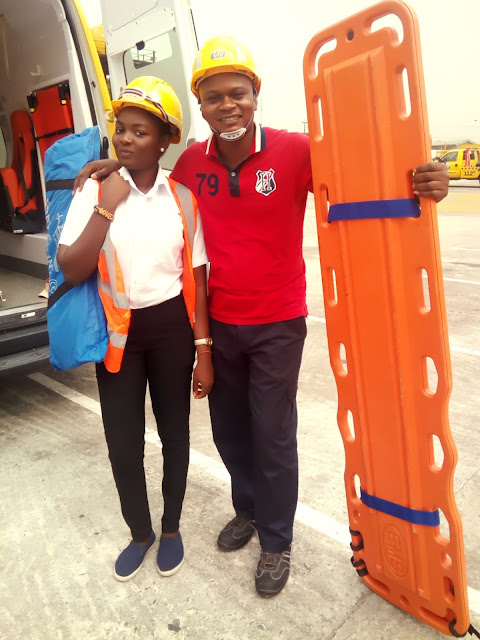EMERGENCY MEDICAL TECHNOLOGY – PARAMEDICS PROGRAM
Published: Wed, September 16th, 2015
Share this:
0
0
0
0
0
EMT
In partnership with Canadian Center for Biomedical Sciences and Allied Health Study, Canada, College of Advanced Health Science and Technology invites application from interested individuals for trainee Paramedics / Primary Care Emergency Medical Technologist.
Paramedics are important player in any health system and contribute in saving number of lives, especially in providing pre-hopspital intervention. Being a paramedic is all about teamwork. There’s a sense of camaraderie you won’t find in many other jobs. But it takes a special kind of person. You must love to help people, because you’ll be dealing with all ages in all kinds of crises. You have to work well under pressure, because you’ll be delivering pre-hospital emergency care in people’s homes, in the middle of busy streets, and/or at industrial sites or in your practice center.
Trainees learn human anatomy and physiology, pathophysiology, pharmacology and related courses, gain skills in advanced life support procedures, and learn to diagnose and treat patients in a variety of medical and trauma situation. Emphasizes is on authentic hands-on training in pre-hospital emergency care, with both hospital and ambulance practicums.
On completion, you are eligible to practice as Emergency Medical Technician / paramedics, and will respond to calls for service as per dispatch instructions, providing assessment, treatment and transportation of ill or injured persons. The EMT will cover standby assignment, as operations require.
You’ll focus on:
medical and trauma injuries
mental health issues
obstetrical emergencies
pharmacology
physical assessments of various body systems
cardiac and respiratory emergencies
certifications in
geriatric education for EMS
International Trauma Life Support (ITLS)
Pediatric Education for Prehospital Professionals (PEPP)
Health Care Provider Level C Certification (HCP-C)
Lab and Simulation Training – The PCP program emphasizes hands-on learning. You’ll spend about one-third of your time in the classroom, one-third in practical labs and one-third in high-fidelity simulation. State-of-the-art simulation facilities use a wide range of scenarios to help you develop your critical thinking and decision-making skills.
Field Practicums – You’ll take the knowledge that you’ve learned in the classroom and put it to work with an emergency medical services (EMS) organization (usually ambulance service) to learn about policies, procedures and documentation; conduct independent patient assessments; and provide treatment using ambulance equipment.
Clinical Practicums – During your hospital-based practicum, you’ll conduct independent patient assessments and use hospital equipment to provide treatment. You’ll also learn about hospital policies, procedures and documentation.
APPLY NOW http://www.cahst.ng/admission/
Post navigation
← From press
Advanced professional Qualifications →
Leave a Reply
EMERGENCY MEDICAL SERVICES (LASEMS AND LASAMBUS) EMERGENCY MEDICAL SERVICES (LASEMS AND LASAMBUS) Increasing urbanization and industrialization of Lagos State has led to an appreciable increase in the number of road traffic, industrial and marine accidents and medical emergencies, hence the strengthening of the inherited base hospital care i.e. Lagos State Emergency Medical Service (LASEMS) and establishment of the pre-hospital care service i.e. Lagos State Ambulance Service (LASAMBUS) in March 2001. Both services run on a 24/7 basis and have led to significant improvement in the response time and quality of care with attendant improvement in morbidity and mortality rates occasioned by medical emergencies. These services cover: • Awareness campaign on the preventive aspect of medical emergencies including home/road traffic/industrial accidents; and how to access services. • Training of personnel in pre-hospital and hospital-based management of trauma and medical emergencies, and effec...

Comments